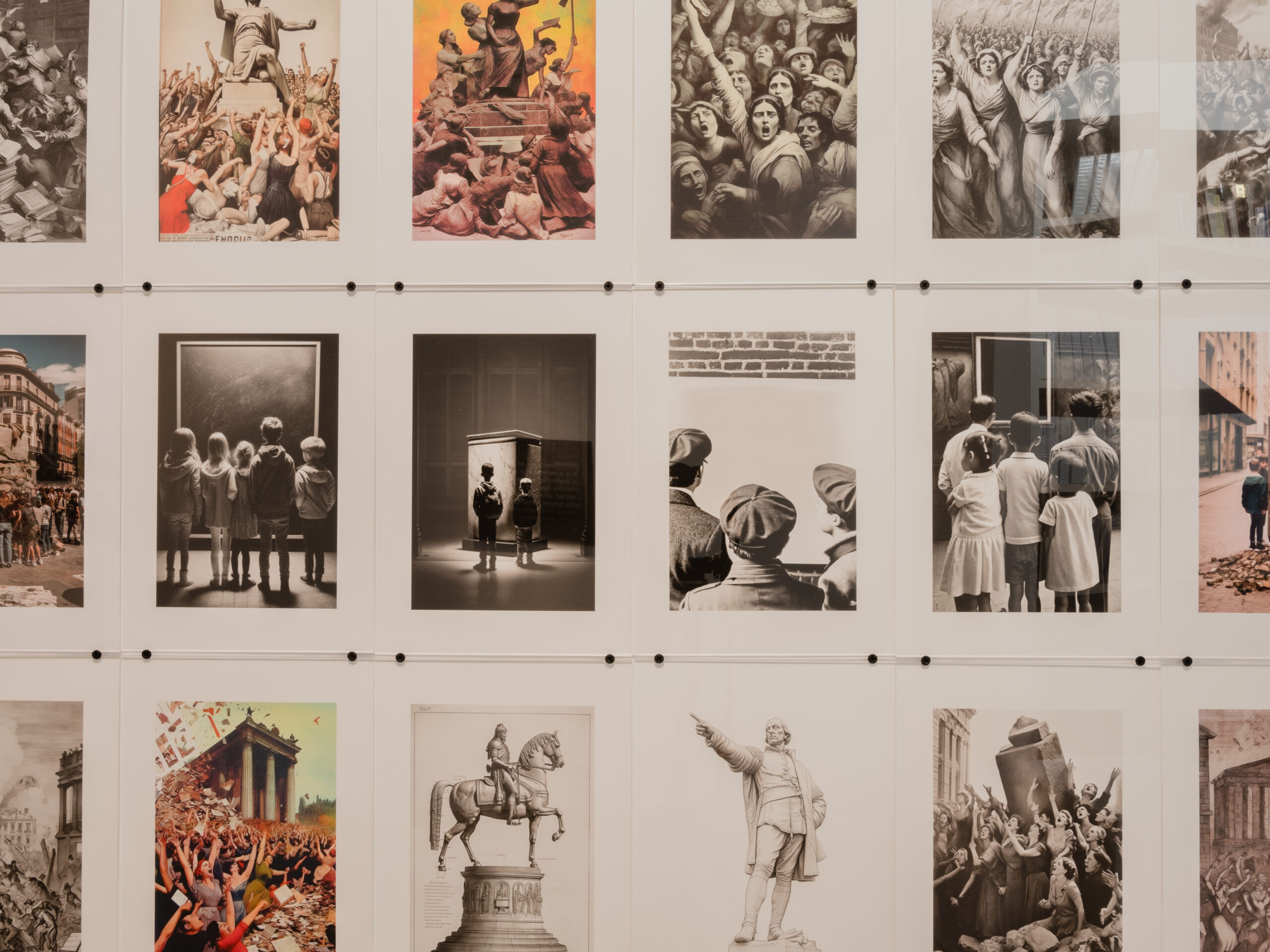Category: English
-
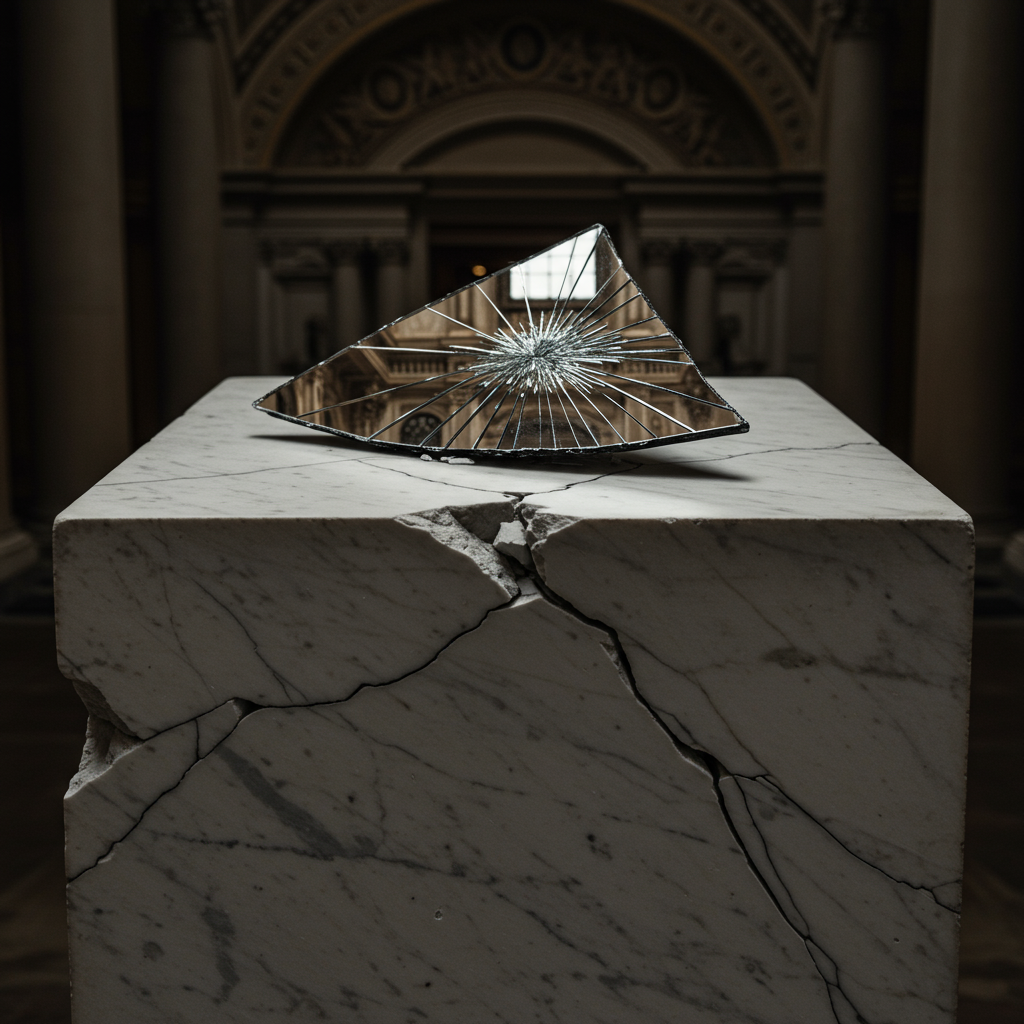
The Privilege of Breaking: Art, Dissent, and Structural Inequality
This essay reflects on the material, social, and symbolic conditions that enable or limit the possibility of rupture in art, critical theory, and cultural practice. Through an intersectional critique, it argues that aesthetic freedom and the capacity to challenge norms are not universal prerogatives but privileges unequally distributed along lines of class, gender, race, sexuality,…
-
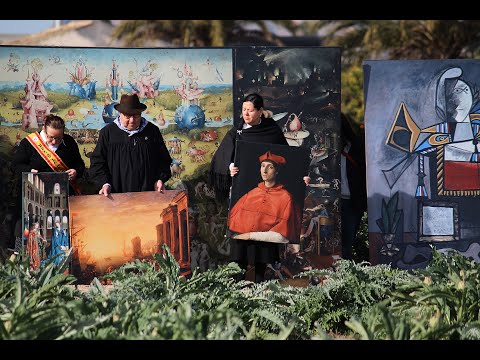
🌱 The People’s Museum arrives in Almoradí’s countryside
A procession of art, memory, and artichokes📽️ Watch the video here What if, instead of viewing art inside a museum, we walked with it through the furrows of a field? What if masterpieces, instead of being locked behind glass, were paraded down the streets to the rhythm of a local band, among students, horses, and…
-
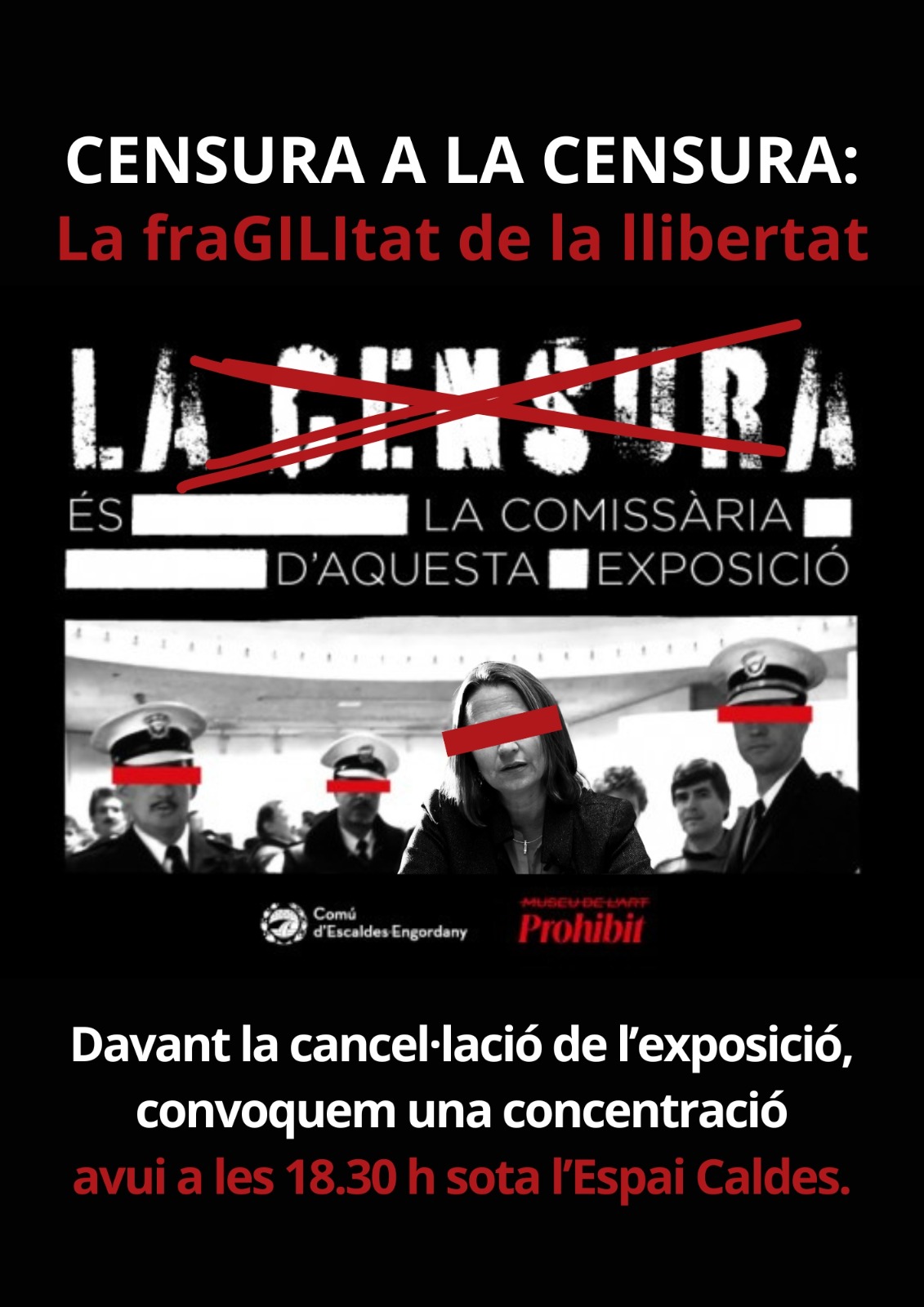
Censorship (Once Again)
The closure of Censorship Is the Curator (of This Exhibition) in Escaldes-Engordany highlights, once again, the persistence of censorship and the ease with which political intervention—justified under a discourse of “security”—can erode the democratic foundations of artistic practice. This episode reinforces the urgency of articulating affirmative resistance from within the cultural field and compels us…
-

HACK THE MUSEUM – Masterpieces – People’s Museum: the DKU chapter April 6th 2025
“Art is both a product and process. By reproducing, hacking, and redistributing iconic paintings from the world’s most prestigious collections, this exhibition questions the authority of the original and the institutional framing of art history itself. What happens when the Mona Lisa is just a click away, when Las Meninas can be printed at will?…
-
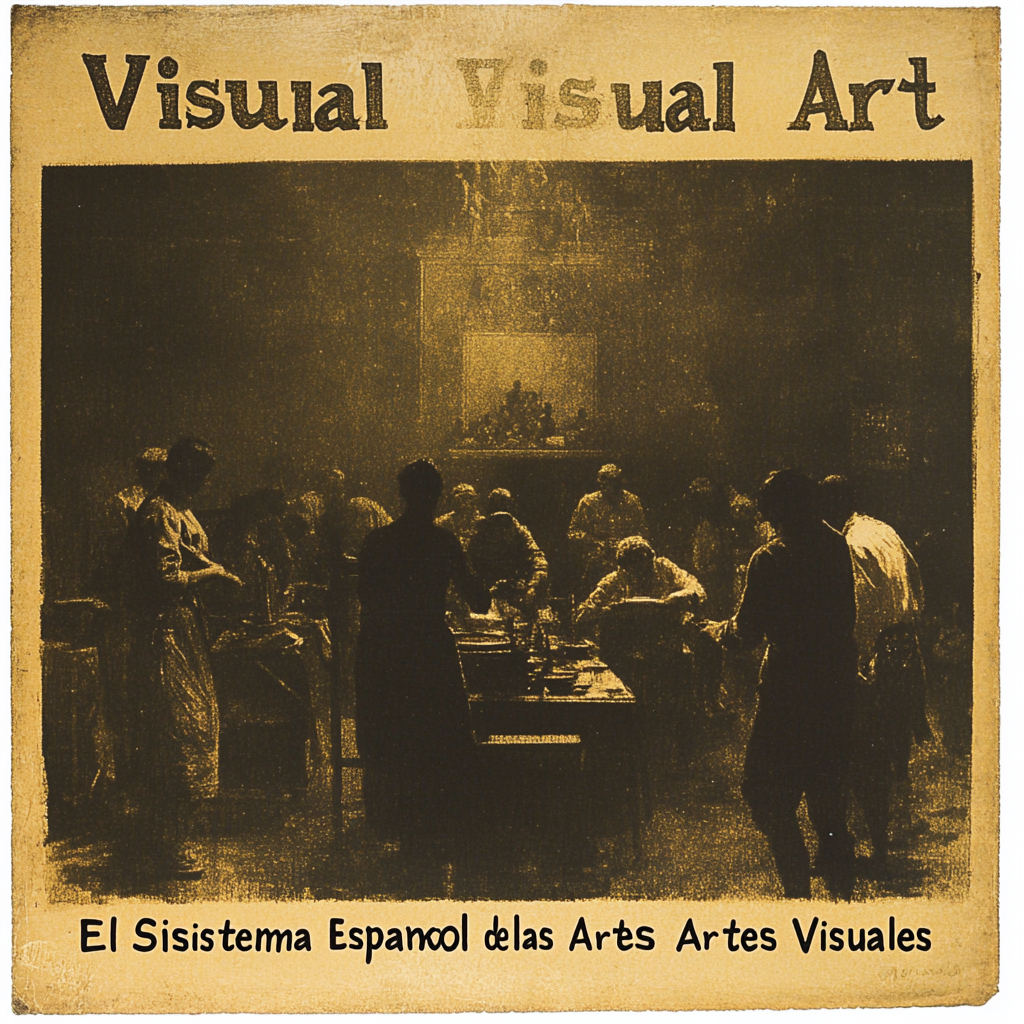
The Spanish Visual Arts System: A Tragicomedy in Several Acts
The visual arts system in Spain faces a complex and challenging situation, evoking a true Lorquian tragicomedy. The legal ambiguity surrounding who qualifies as a “visual artist,” the lack of effective public policies, and an education system stuck in the past hinder the consolidation of a solid artistic context. While Europe advances in the integration…
-
Postcapital Archive (1989-2001) [podcast]
The project “Postcapital Archive (1989-2001)” by artist Daniel G. Andújar, which uses an extensive digital archive to analyze themes of history, politics, culture and economy, is an example of how art can challenge power structures and dominant ideologies in a post-communist world. Through montages, installations and workshops, Andújar questions notions of progress, democracy and freedom,…
-
e-valencia.org [podcast]
This podcast explores the creation and impact of the website e-valencia.org, a forum for debate on the cultural policy of the Valencian Community, founded by the artist Daniel García Andújar. The controversy surrounding the closure of the website by the University of Alicante is analysed, as well as its relaunch from London. The texts also…
-

American Podcast Series
Podcast about Daniel G. Andújar, reflecting on his artistic career and the evolution of the internet, art, and society. It addresses topics such as institutional criticism, digital culture, access to information, the influence of new technologies on art and society, and the importance of creative freedom in an increasingly controlled context.
-
![Democratize Democracy [podcast]](https://danielandujar.org/wp-content/uploads/2024/09/democratize-democracy-podcast-cover-scaled.jpg)
Democratize Democracy [podcast]
The interviews with and Daniel G. Andújar offer a critical and challenging view of the role of art in the digital age. Their work invites us to question power structures, dismantle technological utopia, and reclaim art’s potential as a space of resistance, critique, and social transformation. Through appropriation, recontextualization, and the creation of new archives,…

